**Top 5 Fast Charging Cables: Ultimate Speed Guide**
Let’s be honest. As a web developer, your life revolves around deadlines, debugging, and, let’s face it, staring at a screen for hours on end. The last thing you need is a dead phone or laptop.
We’ll explore why they matter, how they work, and how to make the best choice for your needs. And, because we know you&re likely juggling multiple projects, we&ll even touch on how they relate to your work with tools like WordPress and web development. Ready to ditch the slow charge and boost your efficiency?
Let&s dive in.
Simply put, a fast charging cable uses a higher wattage output than standard charging cables. This means it can deliver more power to your device in a shorter amount of time. Older charging cables typically deliver 5W, while fast charging cables can deliver 15W, 30W, or even 65W.
The higher the wattage, the faster your device will charge. Understanding this difference is key to choosing the right solution. It’s also worth noting that both your device and the charger need to support fast charging for it to work effectively.
Using a 65W charger with a phone that doesn’t support it won’t result in a significantly faster charge.
The technology behind fast charging cables relies on USB Power Delivery (USB-PD) and Quick Charge (QC) protocols. USB-PD is a universal standard that allows devices and chargers to negotiate the optimal charging voltage and current. Quick Charge is a Qualcomm proprietary protocol that provides a faster charging speed than standard USB charging.
Most modern smartphones and tablets support at least one of these protocols, and many support both. The negotiation process ensures that your device receives the maximum power it can handle without damaging itself. This intelligent system is a crucial element in the effectiveness of a fast charging cable.
Here&s a breakdown of common fast charging cables and their typical wattage capabilities:
- USB-C to USB-C Cables (65W): These are becoming increasingly popular and are ideal for laptops and high-end smartphones.
- USB-C to USB-A Cables (30W): A solid option for charging smartphones and tablets.
- USB-A Cables (15W): A more budget-friendly option for basic fast charging.
It’s important to check the specifications of your device and charger to ensure compatibility. Don&t assume a cable is capable of delivering 65W if your device only supports 30W.
Consider these factors when selecting a fast charging cable:
- Device Compatibility: Ensure the cable supports the charging standards your device utilizes (USB-PD, Quick Charge, etc.).
- Wattage: Choose a cable with sufficient wattage to charge your device quickly.
- Cable Length: Longer cables offer more flexibility, but shorter cables can be more convenient.
- Durability: Opt for a cable made with high-quality materials for long-lasting performance.A flimsy cable can be a hazard, especially when dealing with the demands of web development.
For example, if you’re a WordPress developer constantly switching between your laptop and phone, a USB-C to USB-C cable supporting 65W would be a worthwhile investment. It will significantly reduce charging times, allowing you to get back to coding faster.
fast Charging Cables and WordPress Development
As a WordPress developer, your workflow is often dictated by deadlines and the need for immediate access to your tools. A slow charging cable can be a significant bottleneck. The ability to quickly recharge your devices during breaks or downtime can dramatically increase your productivity. Furthermore, many developers rely on multiple devices simultaneously – a laptop for coding, a tablet for research, and a smartphone for communication. A fast charging cable is essential for keeping all of these devices powered up and ready to go.
While fast charging cables are generally safe, it’s important to follow these precautions:
- Use certified chargers: Only use chargers from reputable brands.
- Monitor your device’s temperature: If your device gets excessively hot, stop charging and disconnect the cable.
- Don’t use damaged cables: A frayed or damaged cable can pose a safety hazard.
Shop Related Products on eBay
Find the best deals on these recommended products:
… (Content truncated for length) …
About the Author:
Poly Kaza is a seasoned technology journalist and wearable tech enthusiast with over a decade of experience reviewing and analyzing the latest innovations in smart devices. He has a deep understanding of the underlying technologies that power smartwatches and a passion for helping consumers make informed decisions about their digital companions. His work focuses on bridging the gap between complex technical specifications and practical user experience, with a keen eye on how wearables impact daily life and health.
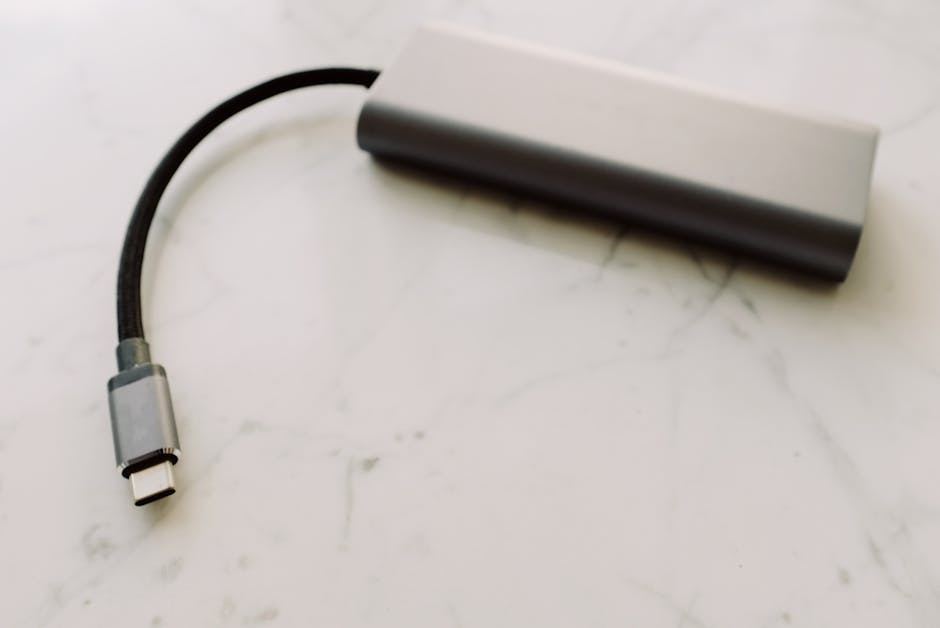
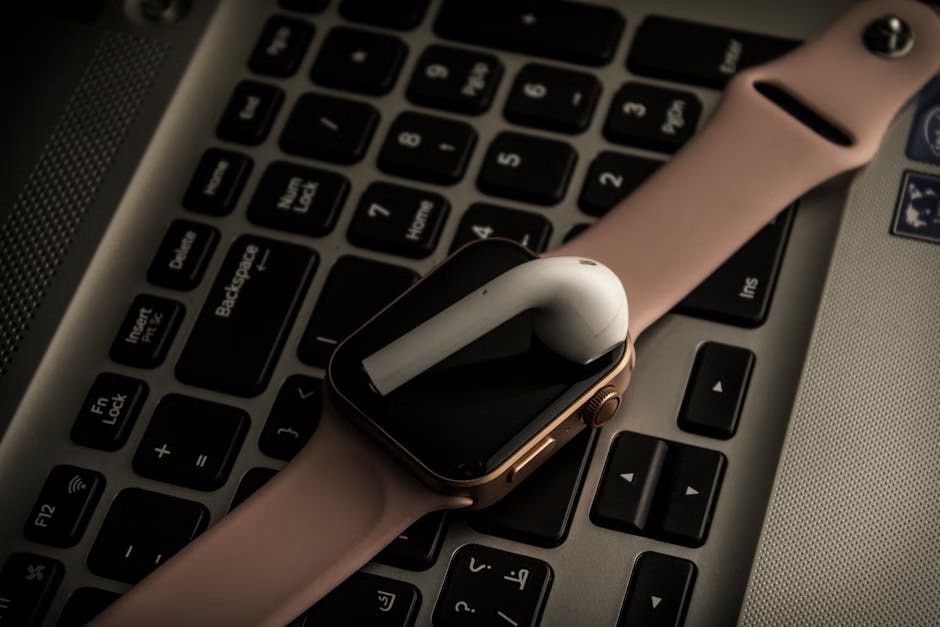


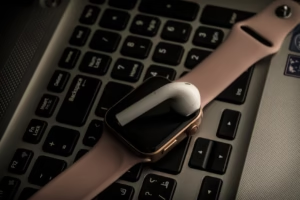

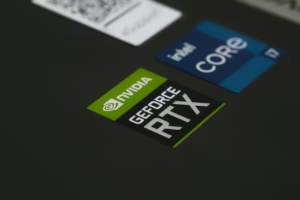

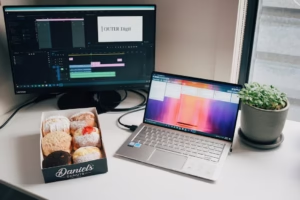




4 comments